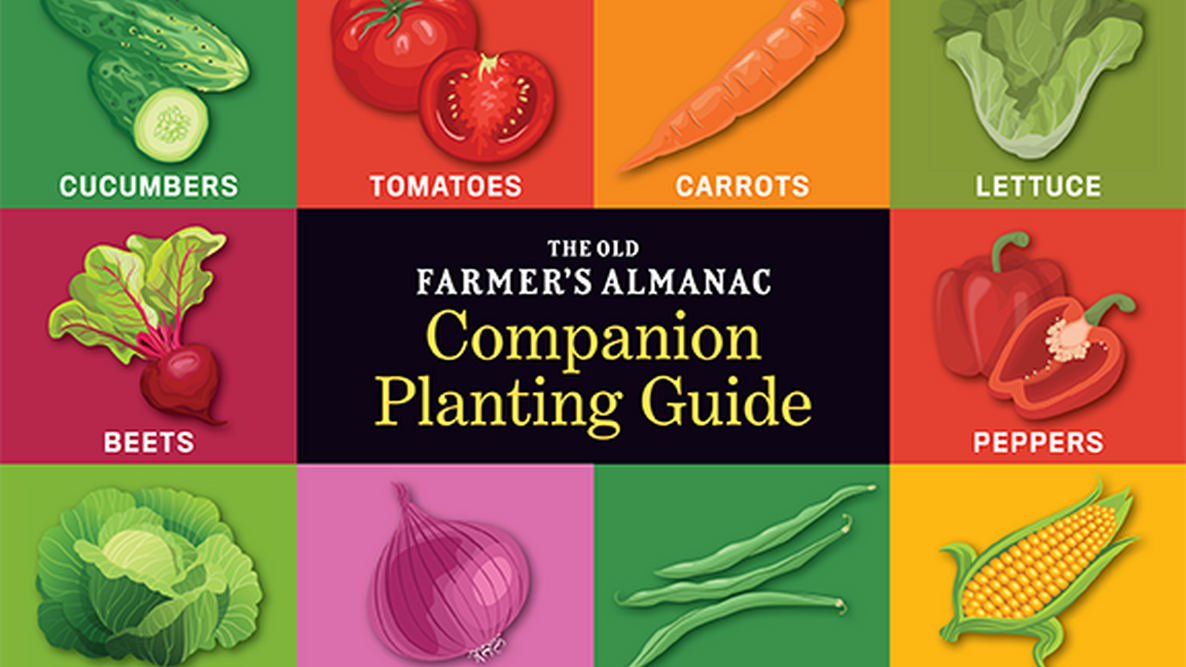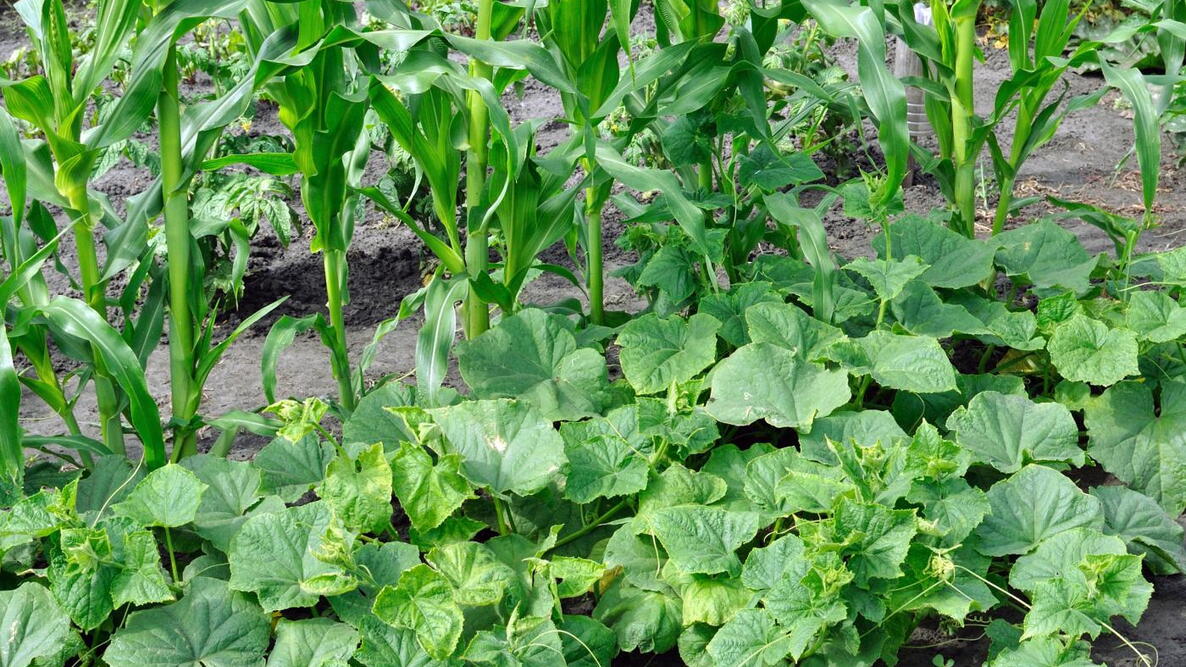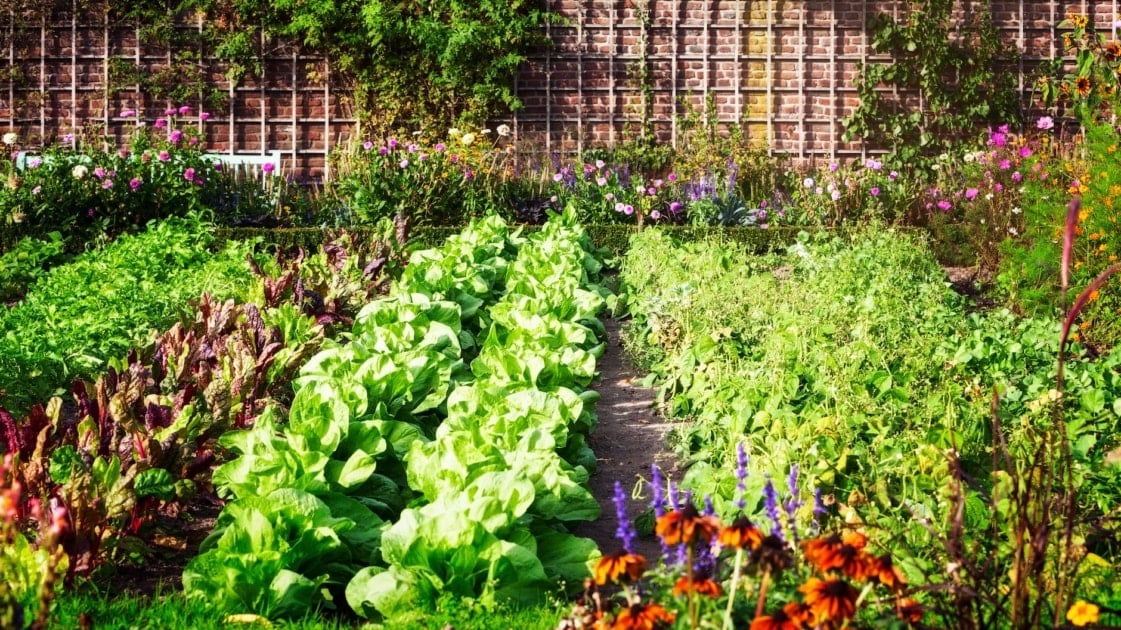The Old Farmer's Almanac: The Ultimate Guide To Companion Planting
The Old Farmer's Almanac: The Ultimate Guide to Companion Planting
Companion planting is a gardening practice that involves planting certain types of plants together to benefit each other. This can be done to attract beneficial insects, repel pests, improve soil quality, or simply to create a more visually appealing garden.
There are many different theories about how companion planting works, but some of the most common benefits include:
- Attracting beneficial insects: Some plants attract beneficial insects, such as ladybugs, lacewings, and parasitic wasps, which help to control pests. For example, marigolds are a popular companion plant for tomatoes because they attract ladybugs, which eat aphids.
- Repelling pests: Other plants can help to repel pests. For example, garlic and onions can repel aphids, while nasturtiums can repel whiteflies.
- Improving soil quality: Some plants can help to improve soil quality by fixing nitrogen, breaking down organic matter, or attracting earthworms. For example, beans and peas are nitrogen-fixing plants, which means they can add nitrogen to the soil.
- Creating a more visually appealing garden: Companion planting can also be used to create a more visually appealing garden. For example, you could plant tall plants in the back of your garden and shorter plants in the front, or you could plant flowers that bloom at different times of the year to extend your garden's bloom time.
There are many different resources available to help you learn about companion planting. The Old Farmer's Almanac has a comprehensive guide to companion planting, and there are also many books and websites on the subject.
Here are some tips for companion planting:
- Do your research: Before you start planting, do some research to learn about the different plants that you want to grow and their companion plants. This will help you to make sure that you are planting compatible plants together.
- Consider your climate: The climate in your area will also affect which plants are compatible. For example, some plants that are compatible in warm climates may not be compatible in cold climates.
- Experiment: There is no one-size-fits-all approach to companion planting. The best way to find out which plants work well together in your garden is to experiment.
Here are some examples of companion plants:
- Beans and corn: Beans and corn are a classic example of companion plants. Beans fix nitrogen in the soil, which helps corn to grow. Corn provides shade for beans, which helps to protect them from pests.
- Carrots and onions: Carrots and onions are also good companion plants. Onions repel carrot flies, which helps to protect carrots from pests. Carrots help to improve the flavor of onions.
- Marigolds and tomatoes: Marigolds attract ladybugs, which help to control aphids, a common pest of tomatoes. Marigolds also help to improve the flavor of tomatoes.
Conclusion
Companion planting is a great way to improve your garden's productivity and pest control. By planting compatible plants together, you can create a more balanced and healthy garden.
Companion planting is a gardening technique that uses the relationships between different plants to improve their growth and productivity. By planting certain plants together, you can attract beneficial insects, deter pests, and improve soil health.
The Old Farmer's Almanac has a wealth of information about companion planting. Their website includes a comprehensive companion planting chart, as well as articles and videos on the topic. You can also use their Garden Planner to create a personalized companion planting plan for your garden.
To learn more about almanac companion planting, visit Gardenia Inspiration.
FAQ of almanac companion planting
1. What is companion planting?
Companion planting is a gardening practice that involves planting certain plants together to benefit each other. Some plants attract beneficial insects, while others deter pests. Some plants improve the soil, while others provide shade or support. By planting companion plants together, you can create a more balanced and productive garden.
2. What are the benefits of companion planting?
There are many benefits to companion planting, including:
- Increased crop yields
- Reduced pest and disease problems
- Improved soil health
- Increased biodiversity
- More attractive gardens
3. How do I choose companion plants?
There are many resources available to help you choose companion plants. You can find books, websites, and even apps that list which plants are compatible with each other. Some general rules of thumb include:
- Planting plants with similar water and nutrient needs together.
- Planting plants that attract beneficial insects together.
- Planting plants that deter pests together.
- Planting tall plants that provide shade for shorter plants together.
4. Where can I find information about companion planting?
There are many resources available to learn more about companion planting. Here are a few suggestions:
- Books: The Vegetable Gardener's Companion by Louise Riotte, The New Victory Garden by Mel Bartholomew, and Edible Landscaping by Rosalind Creasy.
- Websites: Companion Planting Society, GrowVeg, and The Old Farmer's Almanac.
- Apps: Companion Planting by Dave’s Garden and Companion Planting by Garden Compass.
5. How do I get started with companion planting?
The best way to get started with companion planting is to start small. Choose a few plants that you know are compatible and plant them together. As you gain more experience, you can start to experiment with different combinations.
Image of almanac companion planting
5 different images of "almanac companion planting" from Pinterest:
- Image of a chart showing companion plants for tomatoes. The chart shows that tomatoes grow well with basil, chives, marigolds, and nasturtiums.

- Image of a garden bed with corn, beans, and squash. This is a classic example of companion planting, as corn provides support for beans, beans fix nitrogen in the soil for corn, and squash helps suppress weeds.

- Image of a garden bed with carrots, onions, and lettuce. These vegetables are all good companions for each other, as they have different root systems and don't compete for nutrients.

- Image of a flower bed with marigolds, nasturtiums, and lavender. These flowers are all known for their insect-repelling properties, so they can help protect your vegetable garden from pests.

- Image of a garden with a mix of vegetables and flowers. This is a great example of how you can use companion planting to create a beautiful and productive garden.

Post a Comment for "The Old Farmer's Almanac: The Ultimate Guide To Companion Planting"